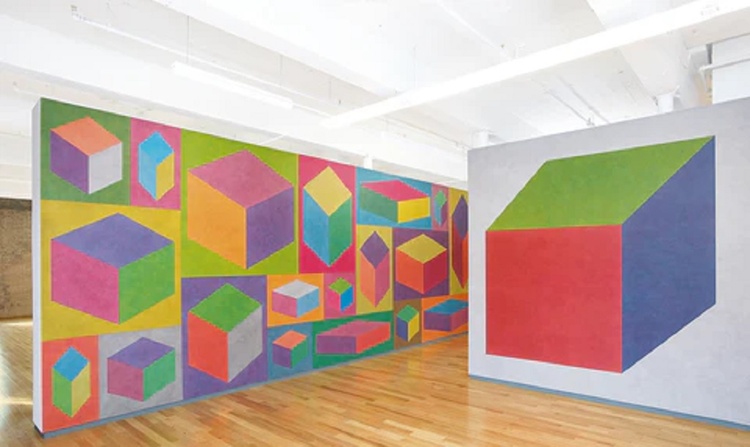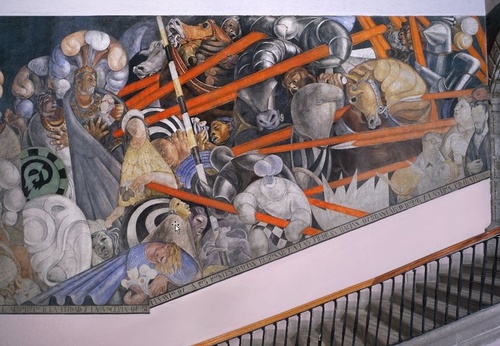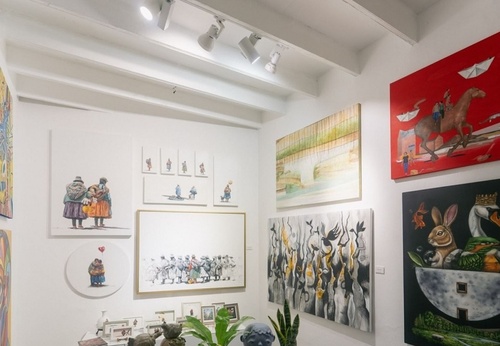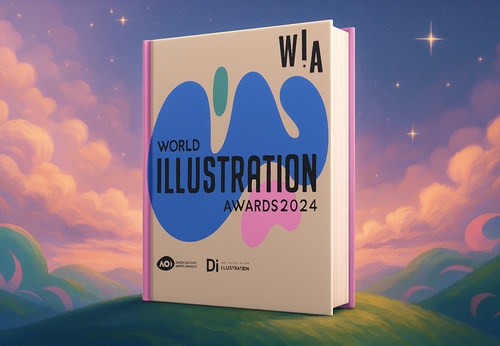
Conceptual Art and Its Impact on Societies
Conceptual art, which emerged in the 1960s, represents a radical break with traditional forms of artistic creation. Instead of focusing on aesthetics or technique, conceptual art emphasizes the idea behind the work. In this type of art, the concept is more important than the art object itself.
This approach has transformed not only the art world but also the way society perceives creativity, culture, and critical thinking. Conceptual art invites the viewer to reflect, to actively participate in the interpretation of the work, and to question established norms about what is and is not art.
One of the most notable impacts of conceptual art has been its ability to denounce social, political, and cultural issues. Through symbols, texts, or installations, conceptual artists have addressed issues such as war, censorship, inequality, the environment, and human rights. In this way, art becomes a tool for social criticism and a means to awaken collective consciousness.
Furthermore, conceptual art has democratized artistic production. By not requiring expensive materials or advanced technical skills, it has allowed more people to express themselves artistically. This has expanded the diversity of voices within the cultural landscape and fostered intercultural dialogue.
In conclusion, conceptual art has left a profound mark on contemporary society. Beyond its form or medium, its value lies in its ability to provoke thought, generate debate, and question the established order. In a constantly changing world, this type of art continues to be a powerful tool for social transformation.
Latamarte

- December 09, 2025
African coups


- December 09, 2025
Bárbara Dantas - Brazil

- December 09, 2025
Mexican Muralism and Its Continental Impact



- December 09, 2025
World Illustration Awards 2024

- December 08, 2025
Gallery of Illustration by Bárbara Dantas – Brazil


- December 09, 2025
Mexican Muralism and Its Continental Im…

- December 08, 2025
Indigenous and Afro-descendant Art in t…

- December 08, 2025
Current Trends in Latin American Art at…

- December 07, 2025
The Role of Conceptual Art in Brazil, C…

- December 06, 2025
New Media: Video Art and Digital Art in…

- December 04, 2025
NFTs and Emerging Latin American Artists

- December 03, 2025
Reinterpreting the Work of Fernando Bot…

- December 03, 2025
Alejandro Obregón and the Consolidation…

- December 02, 2025
Hélio Oiticica and the Legacy of Brazil…

- December 02, 2025
The Relevance of Tarsila do Amaral in B…

- December 01, 2025
How Art Auctions Work in Latin America

- December 01, 2025
The Growth of Young Collectors in the R…

- November 30, 2025
Record-Breaking Latin American Works at…

- November 30, 2025
Emerging Galleries Transforming the Lat…

- November 29, 2025
Review of Recent Exhibitions at Latin A…

- November 29, 2025
Analysis of a Botero / Kahlo / Lam / Cl…

- November 27, 2025
New Curatorial Discourses in Latin Amer…

- November 27, 2025
Printmaking and its Tradition in Mexico…

- November 26, 2025
Latin American Abstract Painting: From …

- November 26, 2025
The Influence of Brazilian Neo-Concreti…

- August 29, 2023
The history of Bolivian art

- February 19, 2024
Analysis and meaning of Van Gogh's Star…

- January 28, 2024
Culture and Art in Argentina

- September 25, 2023
What is the importance of art in human …

- September 23, 2023
What is paint?

- August 23, 2023
The 11 types of art and their meanings

- August 10, 2023
14 questions and answers about the art …

- September 23, 2023
Painting characteristics

- August 30, 2023
First artistic manifestations

- January 12, 2024
10 most beautiful statues and sculpture…

- September 23, 2023
History of painting

- March 26, 2024
The importance of technology in art1

- July 13, 2024
The impact of artificial intelligence o…

- March 26, 2024
Cultural identity and its impact on art…

- August 16, 2023
The 15 greatest painters in art history

- April 02, 2024
History visual arts in Brazil

- April 06, 2024
History of visual arts in Ecuador

- October 18, 2023
History of sculpture

- August 24, 2023
The most famous image of Ernesto "Che" …

- March 05, 2024
The art of sculpture in Latin America

- February 19, 2024
Analysis and meaning of Van Gogh's Star…

- August 13, 2023
9 Latino painters and their great contr…

- August 23, 2023
The 11 types of art and their meanings

- August 10, 2023
14 questions and answers about the art …

- August 27, 2023
15 main works of Van Gogh

- August 29, 2023
The history of Bolivian art

- January 28, 2024
Culture and Art in Argentina

- November 06, 2023
5 Latin American artists and their works

- September 23, 2023
Painting characteristics

- September 23, 2023
What is paint?

- September 25, 2023
What is the importance of art in human …

- March 26, 2024
Cultural identity and its impact on art…

- August 30, 2023
First artistic manifestations

- December 18, 2023
10 iconic works by Oscar Niemeyer, geni…

- January 20, 2024
What is the relationship between art an…

- January 12, 2024
10 most beautiful statues and sculpture…

- October 30, 2023
Characteristics of Contemporary Art

- August 24, 2023
The most famous image of Ernesto "Che" …

- May 26, 2024
Técnicas de artes visuais

- August 22, 2023


